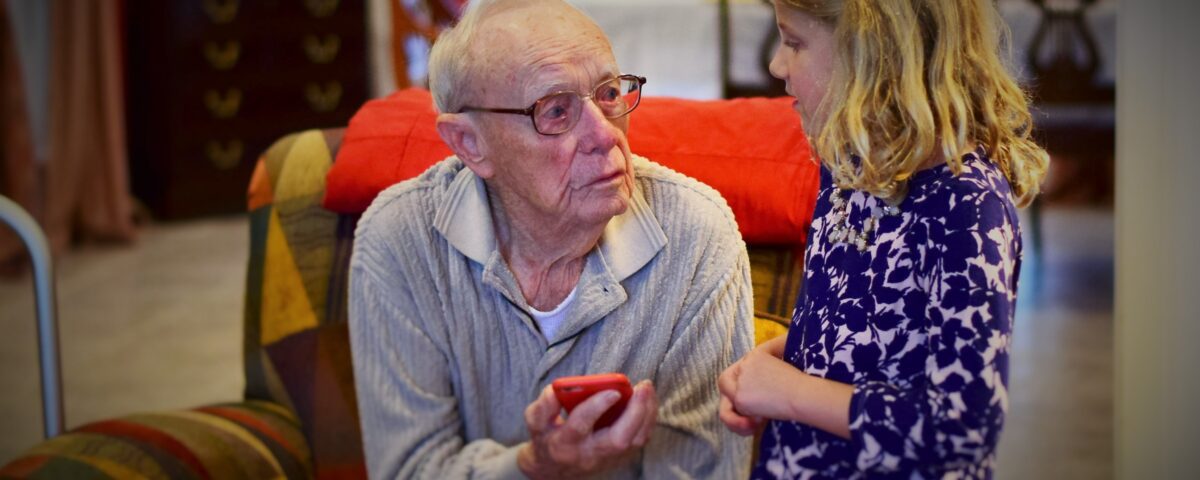
Family Resilience
September 13, 2023
Family Resilience: Flexibility
September 27, 2023Family Resilience – Communication is the second blog in this series. To get caught up, check out Family Resilience.
“What is going on?” “I don’t even know for sure yet. Can you talk? We have a problem.” During stressful times emotions run high and there is a lot to be processed. Often emotions, questions, information, and decisions are all jumbled together. Healthy communication is a key ingredient in family resilience. Putting some thought into how you talk in your family can build strength and make troubles easier to manage. Strengthening communication during good times, while planning family events, or a periodic check-in in will make difficult times less stressful. Let’s review some of the basics.
Basics
Emotions
Address emotions openly and often. What this looks like depends on your family and the people involved. “How ya doing?” “Damn, this is a lot.” “Whew, I know” might be the whole conversation. With someone else, it may involve a box of tissues and a cup of tea. Always, always remember that no two people are going to feel the same way at the same time. All emotions are valid. At times, a break may be needed. (Our brains need at least 20 minutes to reset to neutral, so if a break is needed, I recommend half an hour. Go do something else before resuming the conversation.) Take care of yourself. Name your own emotions and get the support you need in, or out of, the family.
Questions
“How bad is it?” “Who do we need to tell?” “Are we still going out for dinner tonight?” Start by acknowledging that there are a lot of questions and that it is ok to voice them. It can help to write them down. During a recent Gaines family crisis, one person started a word doc to jot down what we knew and what we needed to know. We answered the questions we could, and then decided who was going to follow up on the others. It helps to end a conversation with, “Are there any other questions?” Then divide and conquer. A quick email or text after talking can remind people of what they were going to do.
Information
“Who needs to know what?” “How are we going to keep people up to date?” Clarifying roles is important here. Ideally, responsibilities are shared. It doesn’t help to have everyone doing everything, nor is it healthy to have one person doing it all. Working together in this way requires trust and a willingness to let go of control. Agree on which technology to use: a group text thread, a shared doc, or an email chain so everyone knows where to look. Boundaries are important, too. What if the crisis is about someone’s medical issues? How much does everyone need to know? Respect your family member’s privacy. Share just enough so that people get the support they need. It helps to know when and how you plan to get in touch again.
Decisions
If possible, the person at the center of the situation is making the decisions. Suggestions and help go over much better than unasked for advice or instructions. Accepting that other people are going to do things differently, even in the same family, is part of getting along. Avoiding shame and blame if decisions don’t turn out as well as hoped matters a lot in the long run. Part of being family is knowing one another over time, which includes the mistakes and disasters. Holding that over someone’s head doesn’t promote great relationships. Part of family wisdom is being able to recount what didn’t go so well so that we can learn from one another’s mistakes. This takes love, support, and a good sense of humor.
Pro Tips
Be willing to put a pin in a conversation and come back to it later. Allow individuals to take a break. Life often tosses multiple challenges our way all at once. While the larger family may be dealing with one issue, individual people (or households) may have their own stuff going on as well. Be kind, even in disagreements and boundary setting. Most of the time everyone is doing their best.
Consider the children. With young people, it helps to model an emotional vocabulary they can use. There are children’s books about every emotion possible – your local librarian would be happy to help you find them! Answer kid’s questions. One way to do this is to clarify the actual question and answer only that. Don’t overwhelm them with too much info. For example, a friend’s child asked about where she came from. He gave her the full “birds and the bees talk”. When he was done she asked again, “Where was I born, which hospital?” Keeping it simple will help you to keep it simple.
Practice. This blog has mostly focused on communication during trying times. Use these skills while planning a get together or deciding on holiday gift giving rules. Stay in touch for fun. Communicate good news, congratulations, and compliments. Find ways to play together via games, sports or hobbies. Managing difficult times is easier when you are in touch with one another’s day to day realities and have some patterns of healthy communication in place.
A resilient family is able to maintain connections and support one another, particularly when life gets messy. Communicating openly about difficult things can be hard. It’s never too early to begin acknowledging emotions, honoring questions, sharing information appropriately, and including people when making decisions.
Peace,
Laura A. Gaines
To learn more, explore learnmodelteach.com for tools, videos, and coaching opportunities.





